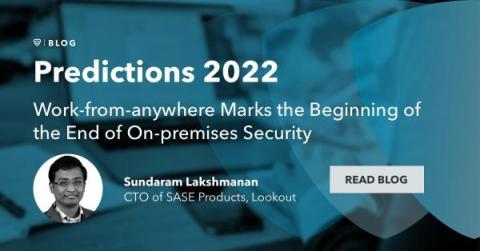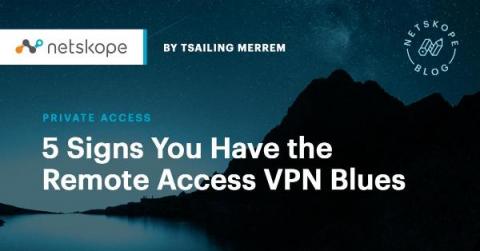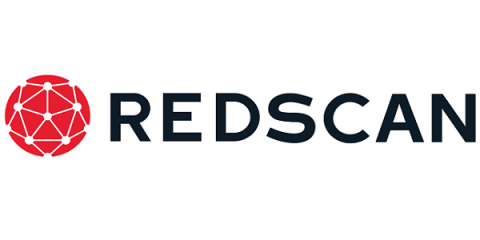Predictions 2022: Work-from-anywhere Marks the Beginning of the End of On-premises Security
A decade ago, many were reluctant to move to the cloud. Many felt like they would have to relinquish controls they had within their perimeters. That sentiment has since reversed, where organizations have become more comfortable with cloud technology. The newest concern is about corporate data leaving the cloud, especially as employees expect to work from anywhere. Software-as-a-service (SaaS) applications have enabled people to stay productive from anywhere, but have also amplified security gaps.









